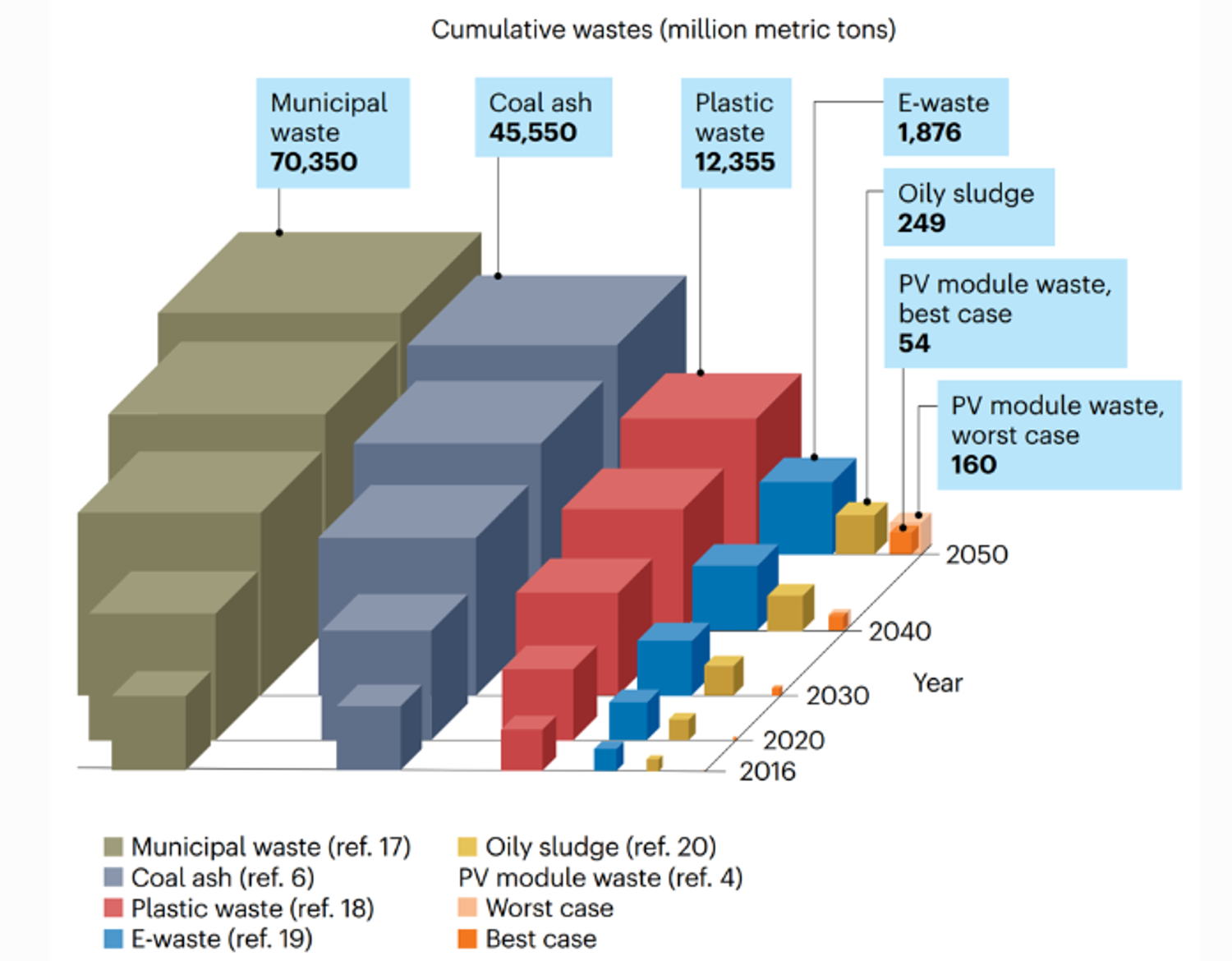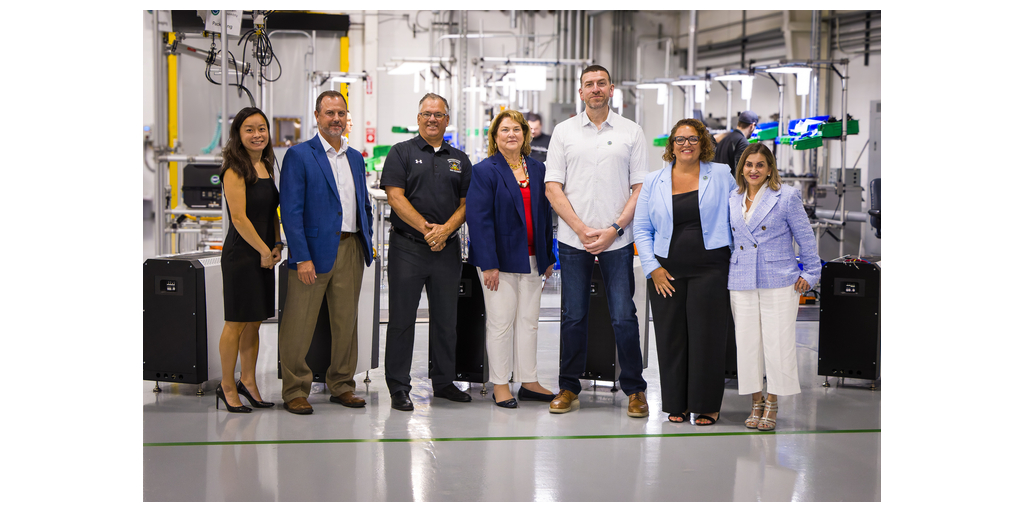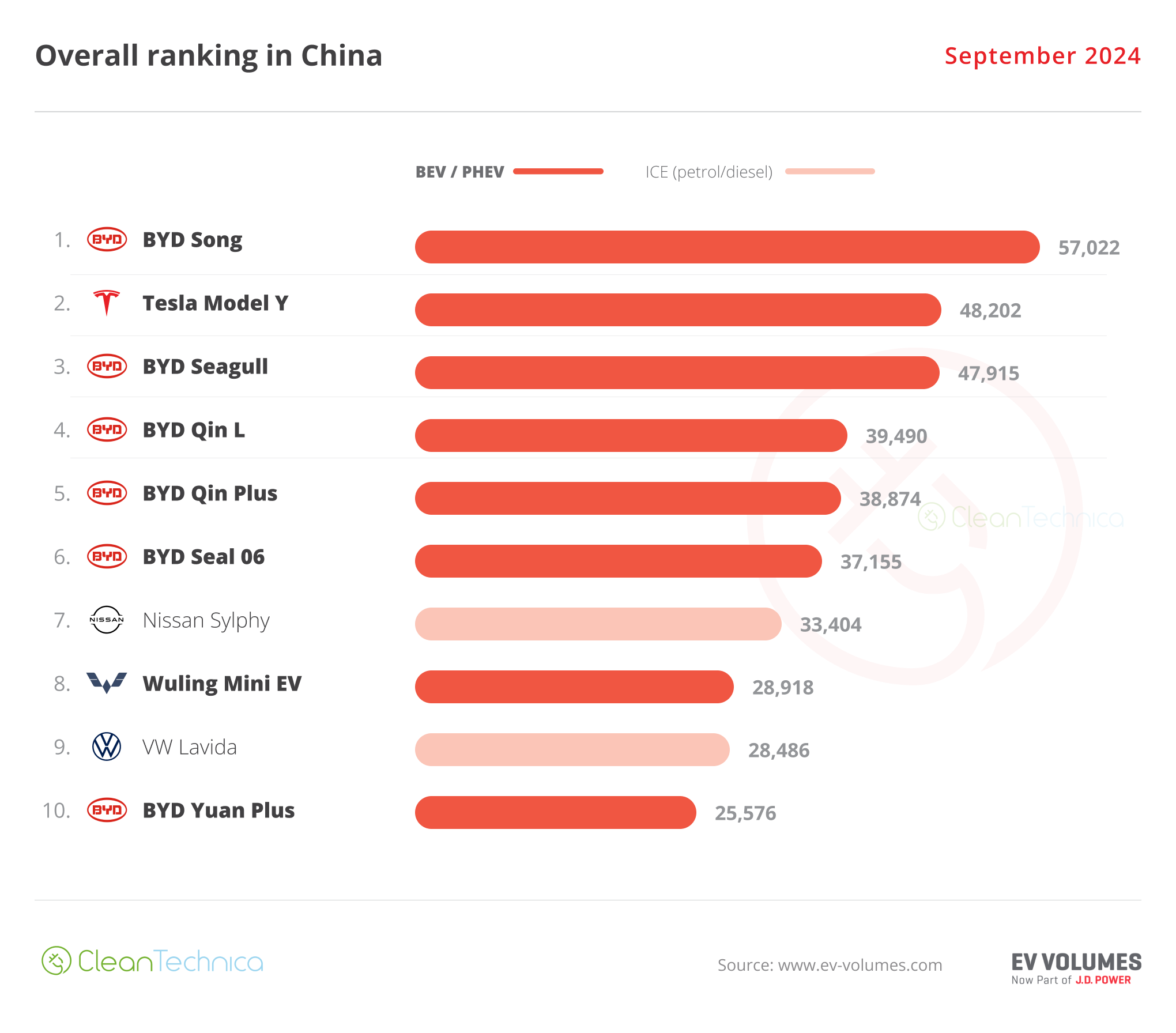Sign up for daily news updates from CleanTechnica on email. Or follow us on Google News!
Ignorance can be cured by the application of information. We are all ignorant about many things. We cannot make a cellphone or an automobile because we don’t know how. But if someone shows us what to do, we can learn to do it ourselves. My old Irish grandfather liked to say that if a person can read, he or she can do anything. Today many people are ignorant about how a solar panel is made, how it works, how long it lasts, or what happens to it when it reaches the end of its useful life.
The fossil fuel crowd, lead by the ravings of Charles Koch, deliberately and cynically leverages that lack of information to promote their own nefarious schemes. They would happily see most of us die from toxic air, polluted water, or extreme heat if it helps them make money. To accomplish their despicable goals, they with malice aforethought spread misinformation about the risk of pollution from the solar panel revolution.
To hear them tell it, the world will soon be overrun with mountains of solar panel waste that will leach deadly chemicals into the soil for decades. If that were true, that would indeed be cause for concern. But it’s not true, Charles Koch and his sycophants know it isn’t true, but they make sure their lies get broadcast far and wide via Faux News and extremist websites so credulous consumers of the torrent of bile those channels provide will get riled up and demand an end to the solar revolution. And their nefarious plot is working.
Solar Panel Report In Nature Physics
Researchers at the National Renewable Energy Lab and Colorado School of Mines published a report in the journal Nature Physics (paywall) on October 5, 2023, that debunks those lies, myths, and distortions. “Myths are often used to delay the deployment of renewable energy, which is harmful because it slows our response to climate change,” Teresa Barnes, a researcher at the National Renewable Energy Laboratory and an author of the report, told Forbes. “The impacts of unmitigated climate change are far more dangerous and deadly than any possible risk posed by renewables.”
The report acknowledges that a massive 75 terawatts of solar capacity are needed worldwide in order to tame global overheating. It says that goal has understandably led to “growing concerns about the quantity of waste that may arise from decommissioning them.” In a worst case scenario, 160 million metric tons of solar panel waste could be accumulated by 2050.

Image credit: NREL via Nature Physics
While that sounds like a lot, the researchers show it amounts to just a tiny fraction of waste from other sources, particularly coal. “35 years of cumulative solar panel waste (2016–2050) is dwarfed by the waste generated by fossil fuel energy and other common waste streams,” the authors write. They note the volume of coal ash is up to 800 times greater while oily sludge waste from fossil fuels is up to 5 times greater than the expected solar panel waste. They point out that solar panel recycling is already happening and that recovering solar panel materials for reuse is a growing industry.
Solar Panel Toxicity
In addition to concerns about sheer quantity of waste, the NREL researchers say misinformation about toxic materials in solar modules has led to misleading or overstated claims about the harms solar waste poses to human health and the environment, Those inaccurate claims trumpeted from the ramparts of the culture wars have added to public opposition to the development of solar installations. In several states, official websites spread the lies. Florida, which is in thrall to fascist dictator for life (unless he finds a better gig) Ron DeathSentence, says on the website for the state’s Department of Environmental Protection [PDF download], that a solar panel may contain toxic materials such as arsenic, gallium, germanium, and hexavalent chromium.
The researchers found that the two most common solar panel types contain “almost none” of those toxins. The most popular modules, crystalline silicon, contain less than 0.1% lead, usually from lead solder, which the authors suggest is being phased out by manufacturers. Meanwhile, the other most common type of module, cadmium telluride, contains less than 0.1% cadmium and even that the compound of cadmium is extremely stable and can be recaptured in the recycling processes.
Barnes expressed the hope that the research could offer an “objective source of facts and data” for regulators and communities wanting to make informed, rational decisions around renewable energy investments. “Deploying more solar and wind energy is the most effective and fastest option we have right now to decarbonize,” she added.
Combating Misinformation With Facts
People who are familiar with the writing of George Lakoff understand the power of framing. The same bit of information can be presented as either positive or negative news depending on the way it is presented. Lorraine Whitmarsh, director of the Center for Climate Change and Social Transformations at the University of Bath in the UK, told Forbes the NREL research played an important role in offsetting misinformation about renewable energy. “We know these sort of negative claims, whether true or not, can significantly impede or set back an innovation’s success. They can resonate with the growing backlash against net zero policies by right of center groups and with wider public worries about cost of living.”
Whitmarsh, who was not involved in the NREL research, explained that misinformation about solar power was particularly effective because, according to research from psychology, people tended to pay more attention to negative information than positive, “so it doesn’t take so many negative claims to undermine confidence in new products than positive ones to build it.”
Getting The Messaging Right
Annick Anctil is an engineering professor at Michigan State University. She told Inside Climate News this week there is a disconnect between what experts know and what the public worries about. “The fact is, we haven’t communicated that information very well to a large audience,” she said. The NREL report gets the science right and has a clarity that could be a step toward increasing public understanding of health and safety issues related to solar power, she added.
Dan Gearino of ICN says if it were up to him, he would print thousands of copies of the NREL report and distribute them at public meetings where solar panel projects are being discussed. But here in the solarium at CleanTechnica global headquarters, we disagree. The odds of people reading 3 pages of scientific jargon are about the same as any of the aging CleanTechnica crew winning the Boston Marathon. Not great, in other words.
What we would do instead is print thousands of those charts showing how tiny the amount of solar panel waste will be compared to other waste streams that threaten to overwhelm the environment. It is far more powerful and says at a glance more than the written report could ever hope to. That chart doesn’t even include the millions of gigatons of carbon dioxide and methane that will get released into the atmosphere in the next 26 years unless we do something about them.
In the grand scheme of things, solar panel waste is like an ant in an elephant farm. The hysteria about it is a classic example of the distraction and misdirection techniques climate scientist Michael E. Mann says the fossil fuel crowd has been using for more than 50 years. What do you call people who put profits ahead of human life? We bet you can think of a few words and phrases to describe sociopaths people like that.
Have a tip for CleanTechnica? Want to advertise? Want to suggest a guest for our CleanTech Talk podcast? Contact us here.
EV Obsession Daily!
I don’t like paywalls. You don’t like paywalls. Who likes paywalls? Here at CleanTechnica, we implemented a limited paywall for a while, but it always felt wrong — and it was always tough to decide what we should put behind there. In theory, your most exclusive and best content goes behind a paywall. But then fewer people read it!! So, we’ve decided to completely nix paywalls here at CleanTechnica. But…
Thank you!
Tesla Sales in 2023, 2024, and 2030
CleanTechnica uses affiliate links. See our policy here.





